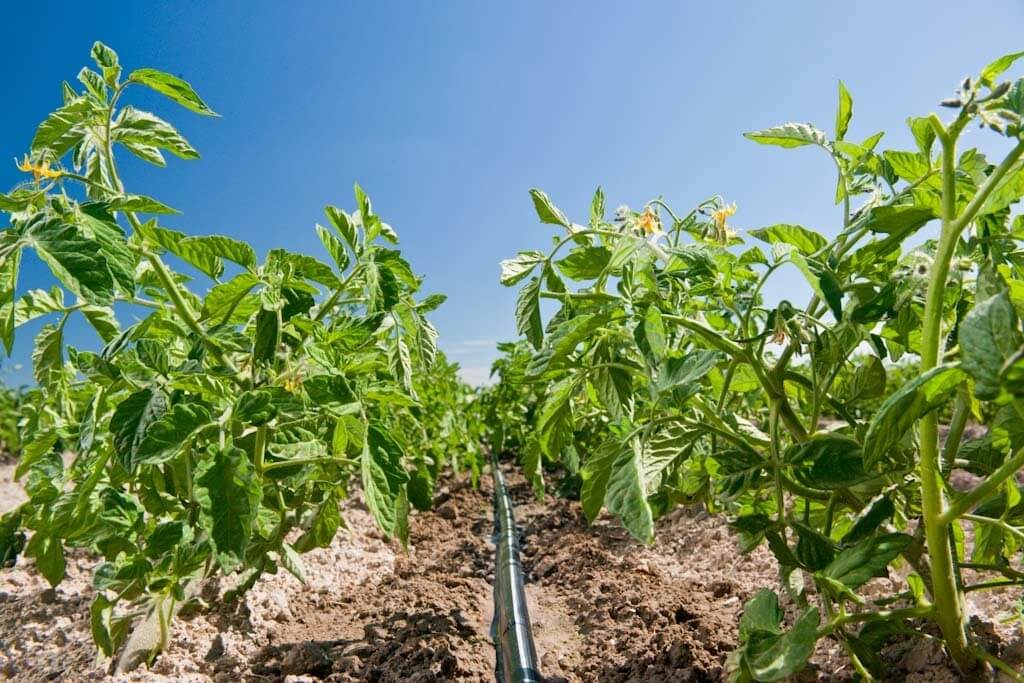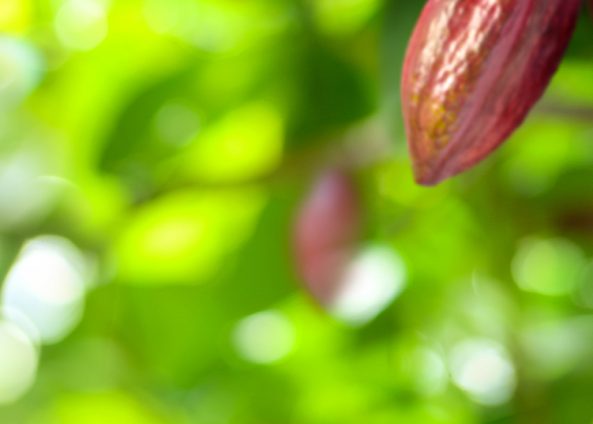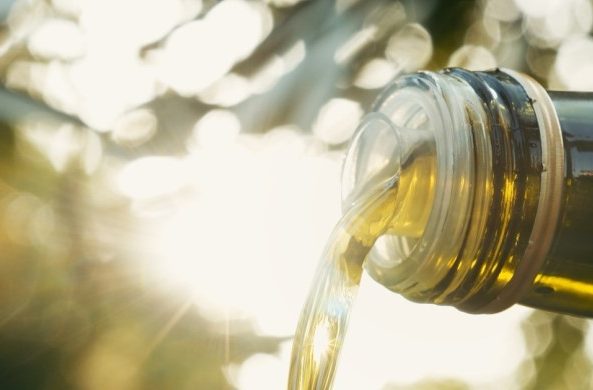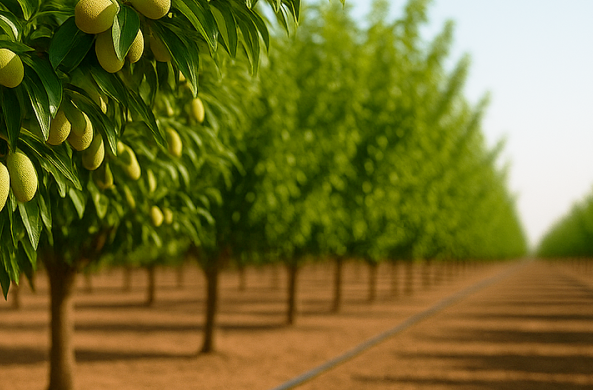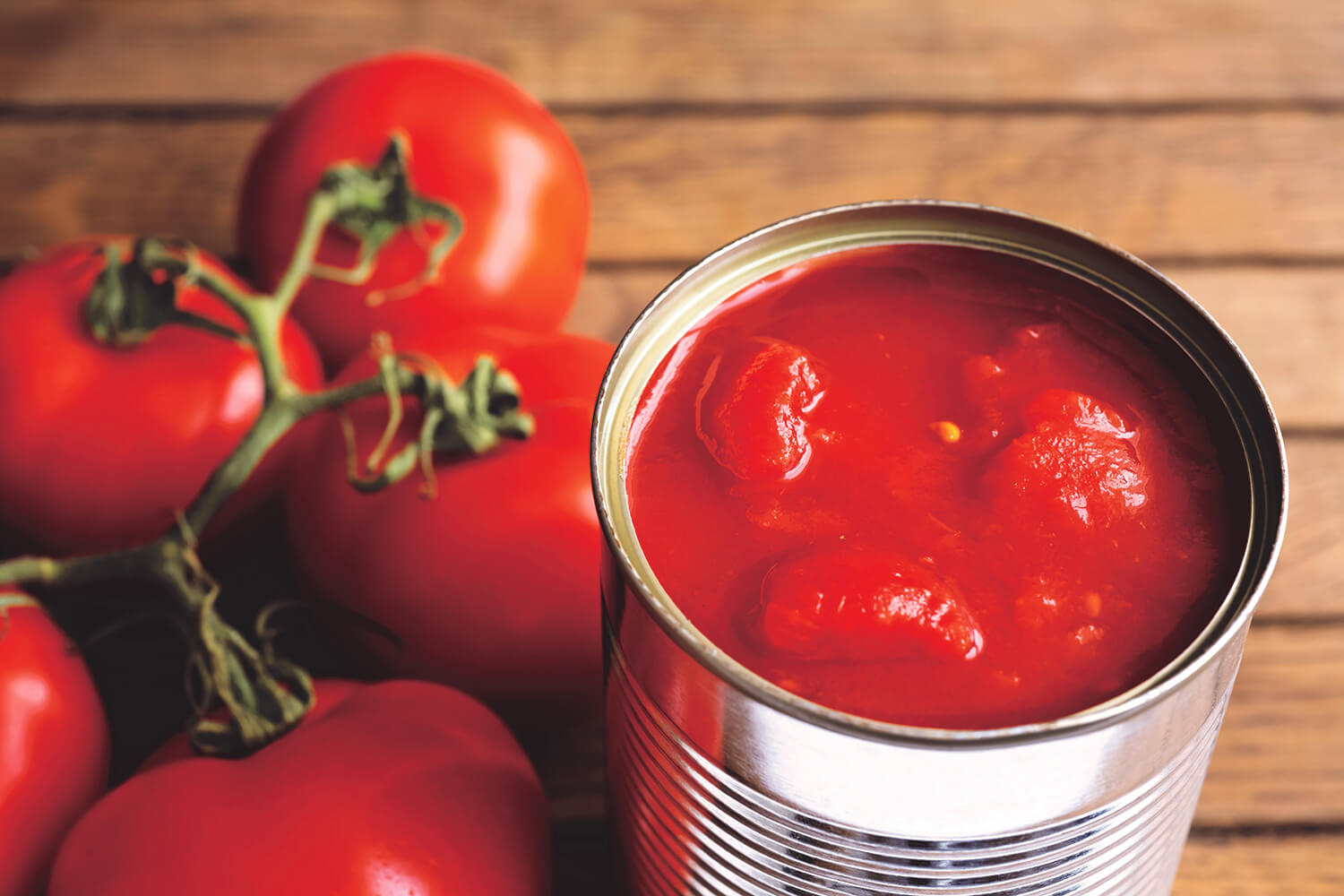
Precision Production Calls for a Precision Irrigation System
Why is drip irrigation the best irrigation system for your processed tomatoes production?
Choosing an irrigation system for your tomato crop is a key decision that will not only define the quality of your crops but also influence your yield and Brix as well as help you save labor and water. Here are few reasons why to choose drip irrigation:
Decreased Disease Risk
Tomatoes, along with many crops in the Solanaceae family, are extremely sensitive to leaf disease. Moisture on the canopy from overhead sprinkler irrigation can lead to disease, which will cost you in yield and quality. Drip irrigation delivers the right amount of water to the root of the plant, preventing water from gathering on the leaves.
Increased Yield
There are many studies proving that drip irrigation leads to significant yield increases compared to overhead sprinkler irrigation.
The study below shows that with drip irrigation, tomato yield was 48% higher.
2-year Comparative Study: University of California’s West Side Research & Extension Center
Precision Production Calls for a Precision Irrigation System
Maximizing brix and yield required precision production practices.
Drip irrigation provides both the control and the flexibility needed and allows you to optimize flow-rates, dripper spacing and the best system for your application.
Getting this combination right is important to:
- Ensure all tomato plants receive water and nutrients directly at their root zone
- Minimize leaching of water and nutrients through the soil profile
- Avoiding overwatering or under watering which leads to poor uniformity
From agronomist point of view, it is recommended to have close dripper spacings and lower flow drippers. Generally a 0.75 – 1.0 l/h flow-rate is sufficient with dripper spacing of 20 cm for sandy soils and 30 cm for heavier soils.
Multiple drip irrigation solutions to best match your needs
There are three commonly recommended drip irrigation systems for processed tomatoes:
Single Season on Surface
This solution is more economical, easily installed and requires less maintenance. In this application, drip line/tape is used for only one season. At the conclusion of the season, it is retrieved for recycling.
Recommended specifications:
- 6 mil wall thickness in light soils and 8 mil wall thickness in heavier soils
- 20 – 30 cm dripper spacing
- 0.75 – 1.0 lph drippers
Installation:
- Install during planting
- Can be installed on surface or shallow burial of a few centimeters to prevent
- movement by wind
- One drip line lateral per plant row
Retrievable Multi-Season on Surface
This system provides you with maximum flexibility to use in different applications and locations each season. As tomatoes are a very sensitive crop, a system designed for tomatoes will be suitable to grow numerous other crops.
The heavy wall tube will provide many years of use. In addition, you can select a Pressure Compensated (PC) drip line for longer run lengths and the ability to install in more sloping terrain compared to standard drip line.
The drip line is retrieved and stored at the end of each season for re-use.
Recommended specifications:
- Minimum 30 mil wall thickness drip line to ensure strength for multiple installations and retrievals
- 20 – 30 cm dripper spacing
- Generally use 1.0 lph flow-rate
Installation:
- Install on surface prior or while planting
- One drip line per row
- Does not need to be buried due to extra weight of the drip line
Subsurface Drip Irrigation
With this system, Drip line/tape is installed 20 – 30 cm below the ground for multi-season use. It offers the most efficient application of water and nutrients. It also allows you to keep the surface dry to help reduce humidity and disease. It can be rotated with alternate crops such as cotton. The average life-span is 5 – 7 years. Install once for multiple seasons
Recommended specifications:
- Subsurface applications require 12 – 15 mil wall thickness drip line / tape. Heavier wall thicknesses can be used for harsher soil environments
- 20 – 30 cm dripper spacing
- Flow rate of 0.6 – 1.0 lph
Installation:
- 30 cm depth for heavier soils. Reduce to 20 cm depth for sandy soils
- Install directly under row of tomatoes prior to planting and during dry season
Our recommendation to increase your yield and your brix
Irrigation Scheduling
Processed tomatoes is a crop that requires a deficit irrigation schedule in order to maximize brix and yield. Generally, a reduction of 50% of water should be implemented as the tomatoes begin turning red to increase fruit growth and brix content.
Remember to not over irrigate and that using subsurface irrigation will require less water than surface irrigation.
Irrigate immediately upon planting
Tomatoes need immediate water availability. Test your system before planting to ensure that the system is functioning correctly with water at the end of every drip lateral.
Measure flow and pressure
As your crop grows, the plants will cover your drip lines. Track your flow and pressure readings for each block so that you can detect and treat problems. Increased flow indicates leakage, whereas increased pressure indicates blocking.
Prevent root intrusion
In subsurface applications, do not stress your plants so much that the roots seek out your drippers. Root intrusion can be prevented by managing crop stress and providing the area around the drippers with sufficient moisture content.
Small frequent doses of fertilizer is better than occasional large applications
High fertilizer applications will create large leaves and vines that can lead to fungal and bacterial problems. Apply fertilizer before the plant needs it as catching up on the fertilizer requirements once in deficit is difficult. Fertigation is ideal for small frequent applications of fertilizer.
Time your water stress
It is better to stress your crop in the earlier stages of growth so that the crop develops a bigger and stronger root system. This will help your crop yield better when it is setting its fruit. If you stress your crop during fruit fill, it can be very detrimental.
Product recommendation
For single season
- Rivulis T-Tape & Ro-Drip: Longer roll lengths to minimize change-overs during installation
- Rivulis D900, D1000 and Eurodrip Compact: High performance thin wall drip lines with an inserted emitter for single season applications
For Retrievable Multi-Season on Surface
- Rivulis D5000 PC, Hydro PC: Provide pressure compensating for longer run lengths
- Rivulis Hydrogol, D2000 and Eurodrip NGR: For non-PC applications with shorter run lengths and on flat ground
Subsurface Drip Irrigation
- Rivulis T-Tape : features a slit to help prevent soil ingestion at shut off
- Rivulis Hydrodrip and Eurodrip Eolos are available up to 25 mil wall thickness for extra strength



